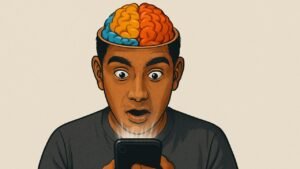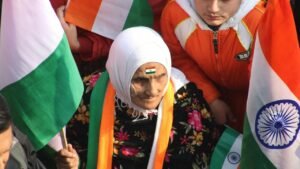
Table of Contents
Social media has transformed Indian politics. Gone are the days when mass rallies and road shows were the only ways to ensure voter engagement. Today, politicians need to be active 24/7 to stay relevant. It has become a relentless race where all political parties strive to maintain a wider presence and a stronger narrative on social media throughout the year. It is the new playground where votes are won and lost every day, influenced by shifting narratives. These narratives can be compelling and, sometimes, even absurd.
The recently concluded 2024 general elections highlight the increasing impact of social media on political campaigns in India. Hence, it is an important topic that needs to be covered. This article explores the evolution of social media in Indian politics, focusing on key moments, strategies, ethical concerns, and the significant influence of social media influencers on Indian elections.
The Evolution of Social Media in Indian Politics
Early Adoption and Experimentation (2010-2014)
The initial phase of social media use in Indian politics was filled with experimentation. In the early 2010s, Indian political parties which traditionally relied on media channels, both print and electronic, like television and newspapers, began exploring platforms like Facebook, Twitter, and WhatsApp which allowed them to connect directly with voters. This was an efficient way to share updates and engage with the public.
A good example from this time would be the 2013 Delhi Assembly elections when the Aam Aadmi Party (AAP) used social media to gather support and communicate with voters. This made parties realize how powerful these new tools could be in politics, especially among younger voters. As a result, we saw political parties across India, adapting to the new times and taking social media more seriously in the subsequent elections.
The Digital Breakthrough (2014 General Election)
The 2014 general elections are often referred to as India’s first social media election. This election was significant due to the involvement of professional consultancies, innovative campaigns, and substantial financial investments in digital outreach.
What was so different?
- High Ad Spend: The total election spending was estimated at ₹30,000 crores, tripling from the 2009 elections. Political parties allocated 2-5% of their budgets to online presence.
- Innovative Campaigns: Campaigns like BJP’s “Chai Pe Charcha” and AAP’s “Missed Call” initiative utilized social media for broad voter engagement.
- BJP’s Dominance: BJP created more buzz than its opponents on platforms like Facebook, aided by experts managing their social media strategies.
- Role of Professional Consultancies: For the first time in India, professional consultancies like CAG (which later became I-PAC) and others helped parties manage election campaigns.
This set a new standard for political engagement, showcasing the power of social media in shaping political narratives and influencing voter behaviour in India.
Consolidation and Growth (2019 General Election)
Much before the 2019 general election started, social media had already become an important part of political campaigns in India. All the large political parties had invested heavily in digital strategies to engage voters and shift narratives against their principal opponents.
Full Power Unleashed
Massive Digital Presence: By 2019, nearly half of India’s 900 million eligible voters had internet access. With 300 million Facebook users and over 400 million on WhatsApp, social media had to be an important focus for political parties.
Role of Jio: The launch of Reliance Jio in 2016 was a game-changer for Indian elections. By 2018, Jio had 280 million subscribers. Their affordable data plans and access to affordable smartphones for millions of Indians significantly increased internet penetration. For the first time, even rural India had access to social media.
The WhatsApp Election: 2019 saw extensive use of WhatsApp groups to propagate various political narratives. A report in the Hindustan Times suggested that the BJP planned to have three WhatsApp groups for every one of India’s 927,533 polling stations, totalling over 2.7 million groups.
Political Narratives: Social media was directly used to create and counter political narratives. For instance, in response to Rahul Gandhi’s “Chowkidar Chor Hai” jibe, PM Modi launched the “Main Bhi Chowkidar” campaign by changing his Twitter handle name to “Chowkidar Narendra Modi.” Once he changed, other BJP leaders along with their supporters across India followed suit. Imagine the magnitude!
The 2024 General Elections: The Big Impact of Social Media on Political Campaigns
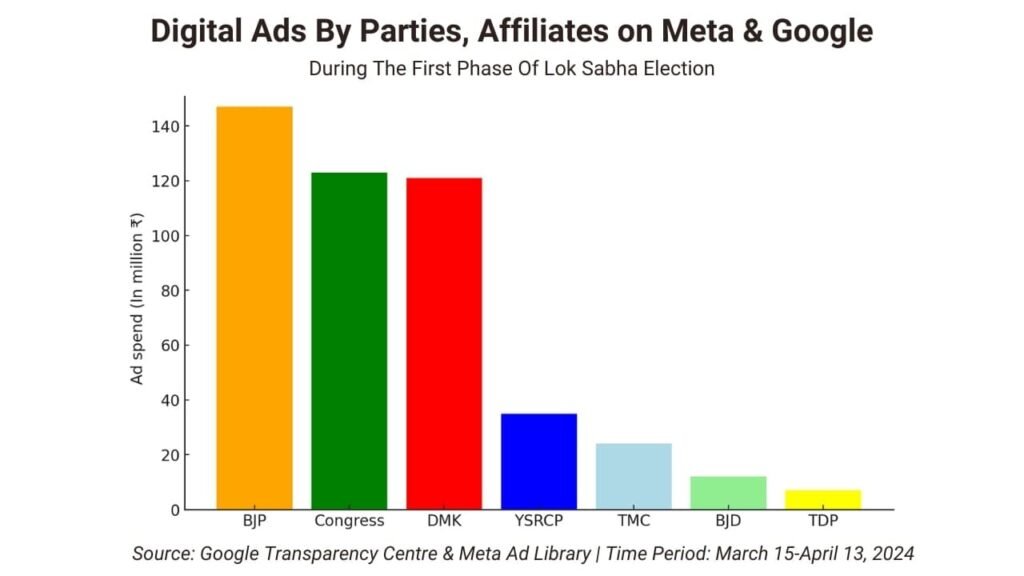
The 2024 general elections witnessed an unprecedented surge in digital ad spending, reflecting the growing importance of social media marketing. While the total election budget for political parties collectively reached approximately ₹13,000 crores across various media platforms, the spending on digital ads alone significantly increased.
Key Points
- Indian political parties turned to creative agencies to reach the masses. Congress enlisted ad agencies like DDB Mudra, while BJP collaborated with McCann Worldgroup and other agencies.
- According to February data from the Election Commission, the 2024 elections included 18.5 million first-time voters aged 18-19. Among these young voters, Instagram Reels and YouTube Shorts were particularly influential.
Regional Focus and Targeted Spending
Tamil Nadu emerged as a key battleground, with the BJP and DMK targeting voters with ₹17.1 crore in ads. Significant ad spends were also observed in states like Uttar Pradesh, Karnataka, and Maharashtra, highlighting the strategic regional focus of political campaigns in India.
Content Strategies
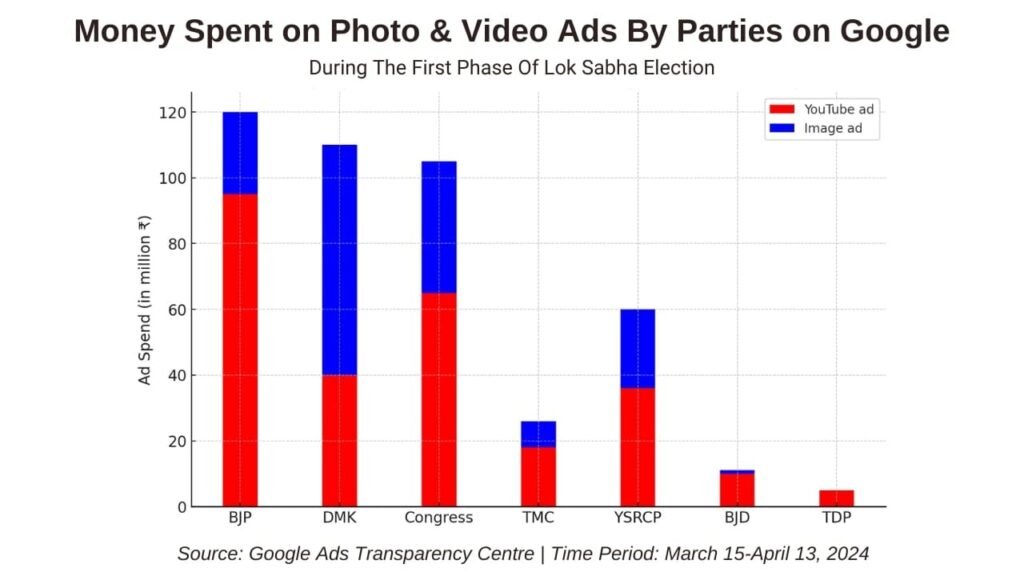
The dominance of video content on platforms like YouTube and Meta (Facebook) was a notable trend in the 2024 elections. The BJP alone spent ₹9.5 crore on YouTube ads, emphasizing the power of video in capturing voter attention.
WhatsApp Usage
“I have 400-450 WhatsApp groups which each have about 200-300 members. Apart from this, I have about 5,000 direct contacts. In this way, I reach 10, 000-15,000 people every day. On average, our target is to reach 100,000-150,000 new people each day,” said a BJP social media coordinator in the Meerut parliamentary constituency.
Political parties used the messaging app to run targeted campaigns, sending personalized messages, campaign updates, and multimedia content directly to voters’ phones.
Impact of Social Media Influencers
In the 2024 elections, influencers across various niches raised their voices against social issues, harnessing the power of their platforms to sway public opinion. The biggest impact of social media on political campaigns was seen a few months before the general election when the central government launched the National Creators Award.
During the National Creators Award, Prime Minister Narendra Modi was seen engaging with many top social media influencers. A few weeks later, he also met India’s top gaming YouTubers, highlighting how seriously the world’s largest political party viewed social media influencers.
As Congress boycotted many top national media journalists, social media influencers were like a lifeline for them. Even though we didn’t see any top influencers publicly supporting Congress, we constantly saw them questioning the BJP central government which could have impacted the voters’ opinions.
The Dhruv Rathee Effect
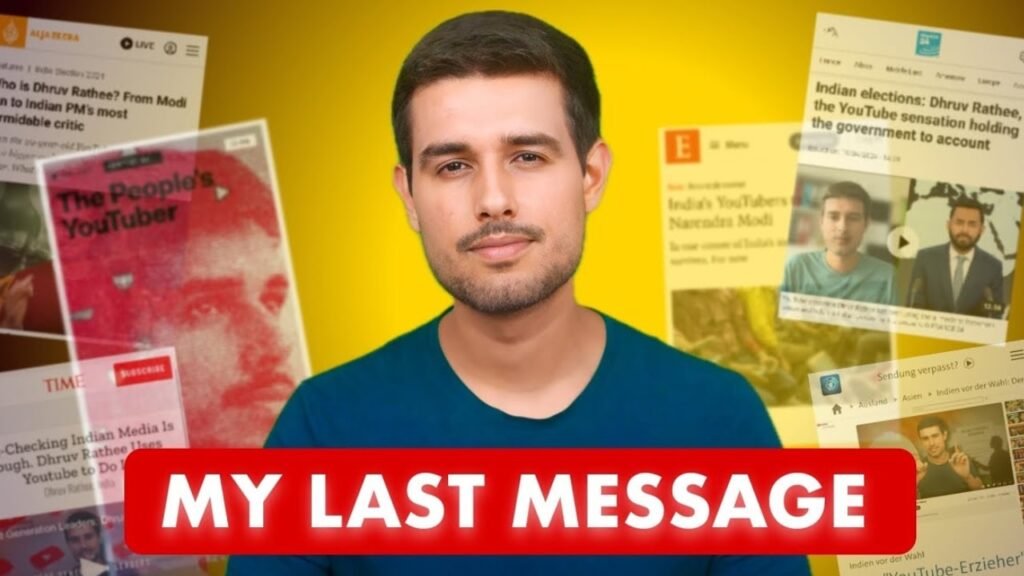
The most interesting part was when Dhruv Rathee, one of India’s most popular YouTubers with over 22 million followers, picked up a direct fight with the ruling BJP before the election. His videos, which blend thorough research with engaging storytelling, resonated with millions, especially the youth and lower-income individuals. He stepped up the heat when he launched his own WhatsApp channel, followed by his campaign “Mission 100 Crore,” which made him go beyond YouTube. This YouTuber-cum-content creator single-handedly unsettled many pro-BJP supporters, including mainstream journalists.
A few viral videos even showed projectors in public places streaming Dhruv Rathee’s videos to educate people against the policies of the incumbent government.
Other Key Influencers During The General Election 2024
Ravish Kumar, a Magsaysay award-winning journalist turned YouTuber, also made a significant impact during the elections. With over 1.1 million subscribers on YouTube, his content provided in-depth analysis and critiques, influencing public opinion.
Other key influencers who went viral during the elections were Samdish Bhatia, Akash Banerjee, Ranting Gola, and many others. Most of the popular influencers covering elections were either neutral or critical of the ruling government, with many of their viewers calling this “THE YOUTUBE ELECTION.”
Money Offered to Influencers
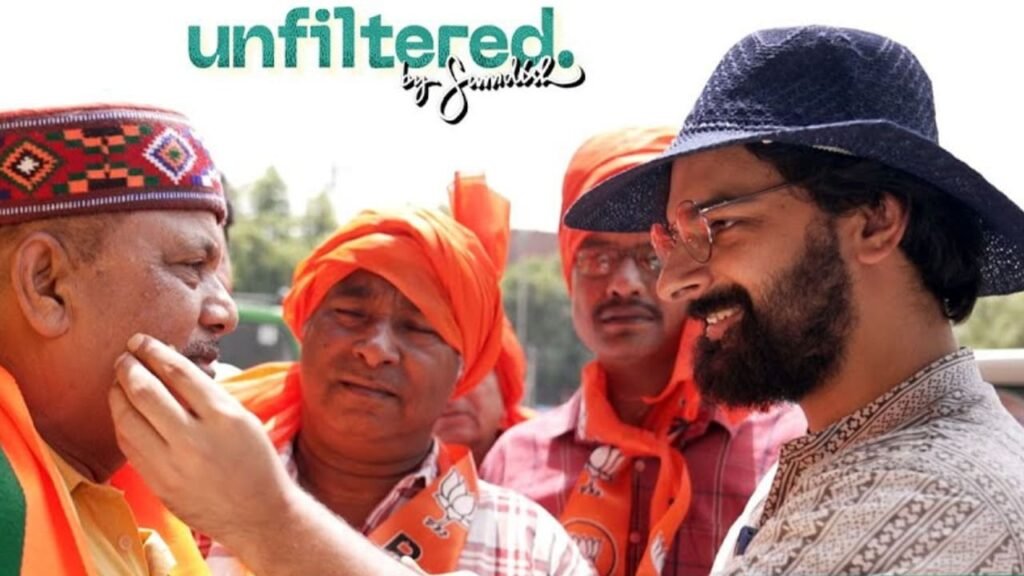
Popular social media influencers were allegedly offered money by political parties to influence public opinion:
- Social Media Influencer Ranting Gola claimed she received offers ranging from ₹100,000 to 500,000 for a single campaign endorsement.
- Samdish Bhatia, who is popular for his neutral, humorous coverage of Indian politics, alleged that he was offered huge sums of money for conducting interviews of specific political leaders but the party wanted full control over the questions that would be asked. This proposal was rejected by Samdish as he wanted to maintain control.
While the exact impact of social media influencers on votes cast is uncertain, it was evident that influencers with large followings had the power to shape public opinion. This influence also underscores the need for traditional Indian media to reinvent itself to regain viewer trust and confidence in mainstream journalism.
Should There Be a Cap on Political Advertising?
The debate on capping political advertising has been heating up. Advocates argue it ensures fairness, preventing wealthier parties from dominating. In the 2019 elections, political parties spent around ₹50,000 crore, with the BJP spending nearly half, highlighting a significant imbalance.
Opponents of this idea claim such caps could limit free speech and hinder voter engagement. Both ruling and opposition parties rely on advertisements to communicate their narratives effectively. Enforcing a cap also poses practical challenges, like monitoring expenditures across various media platforms, due to numerous loopholes.
To prevent the misuse of public funds, it is suggested that government advertisements be banned for six months before elections. Additionally, implementing spending limits for political parties can help level the playing field in political campaigns in India. Enhancing transparency by regulating donations and enforcing stricter reporting requirements is also crucial. Furthermore, appointing more judges can ensure the swift resolution of election-related cases, promoting fairness and integrity in the electoral process.
Conclusion
Undoubtedly, social media has transformed India’s elections over the last decade. However, this also means transparency and regulations are crucial. The significant rise in digital ad spending during every election underscores the need for fair competition.
As we stand at this pivotal moment, embracing these changes will help build a political system that genuinely represents every citizen’s voice. The impact of social media on political campaigns is undeniable, making it essential for parties to adapt and innovate continually.
Now is the time for thoughtful discussions and decisive action to maintain fair and transparent elections.
So, what do you think about the role of social media in Indian politics? Let us know in the comments below.
Disclaimer
Clarity Circuit is a neutral platform. All facts and data presented in this article have been verified from authentic sources. Our goal is to provide clarity to our readers and not to support or oppose any political parties. Neither the platform nor the author has any political inclination.
To keep getting clarity on such interesting topics, please subscribe to Clarity Circuit.
Recommended Articles
If you found this topic interesting, you might also enjoy reading these articles:

